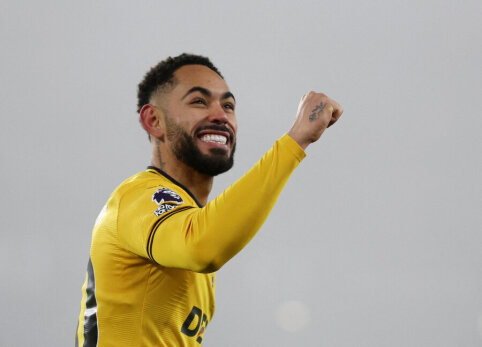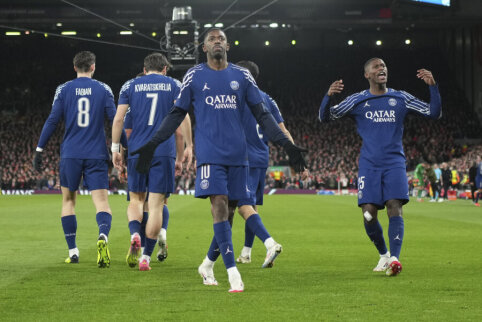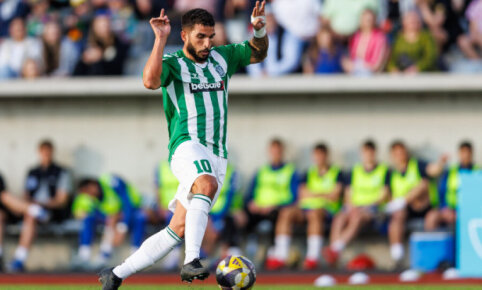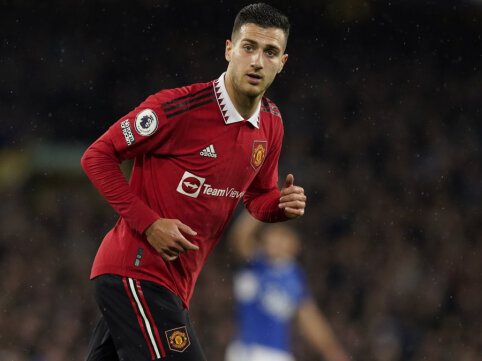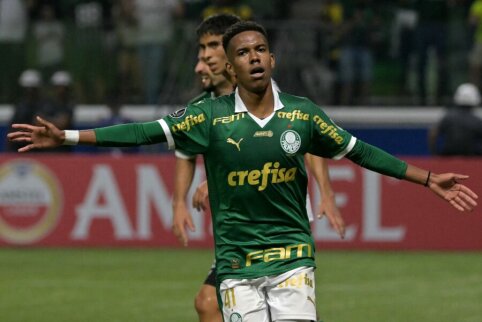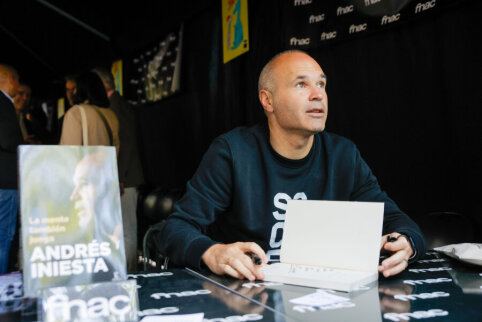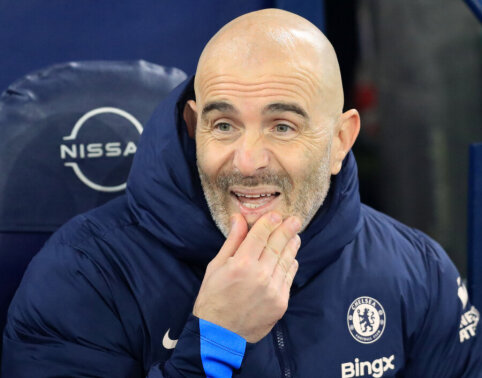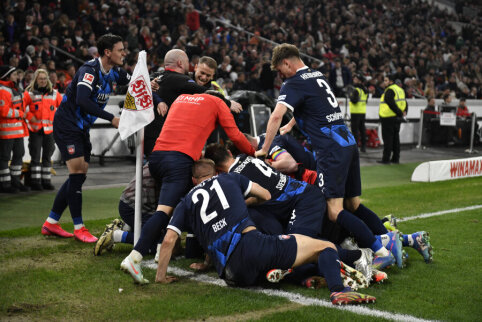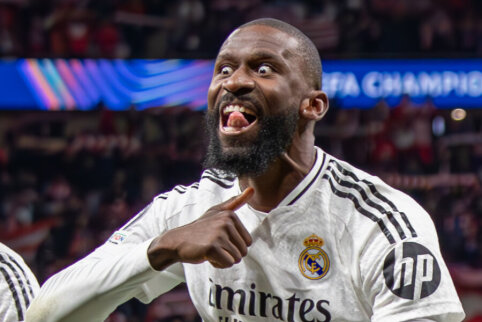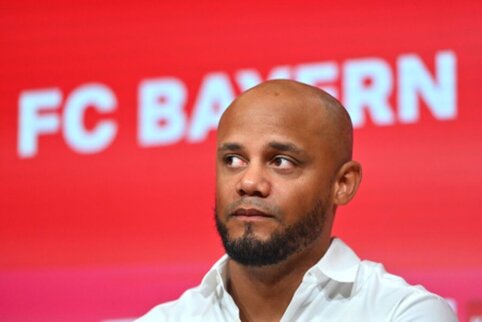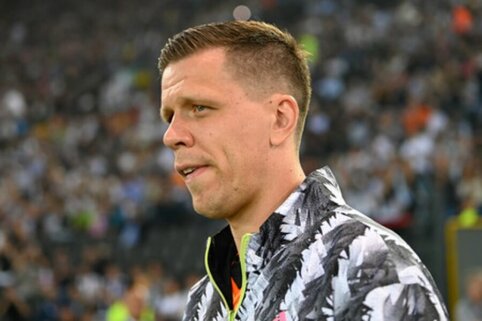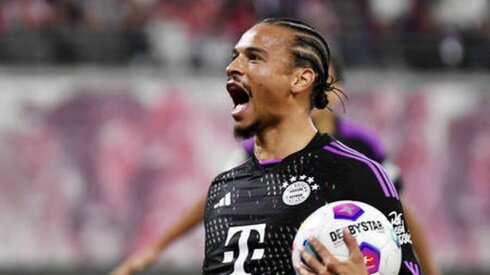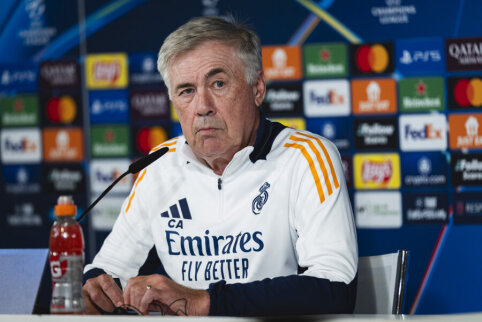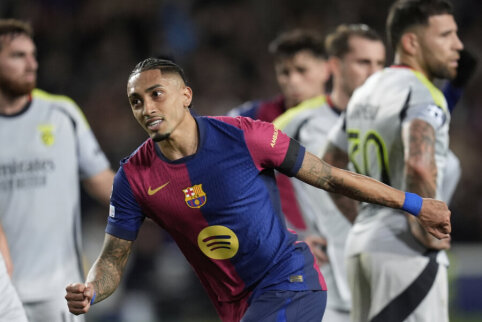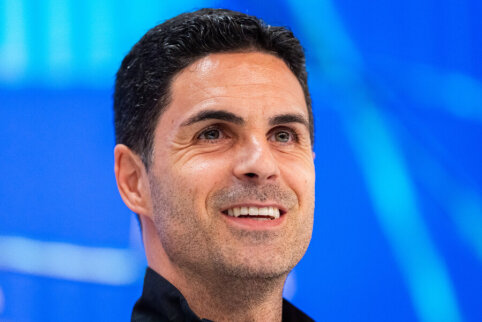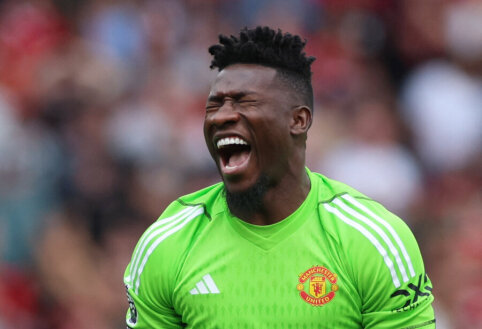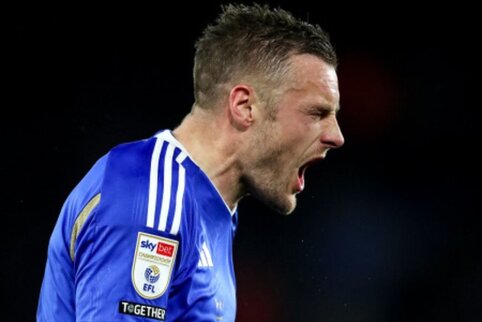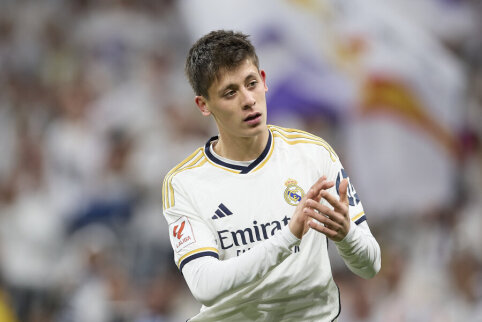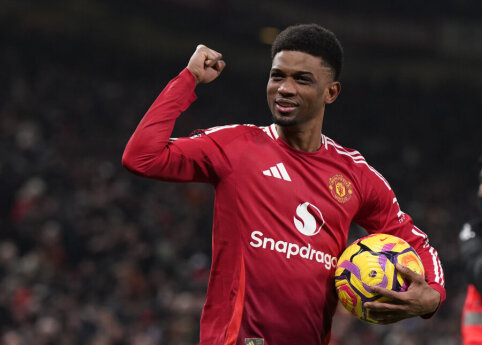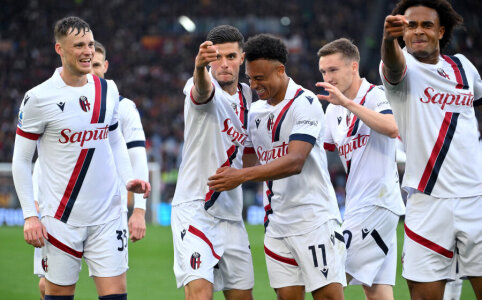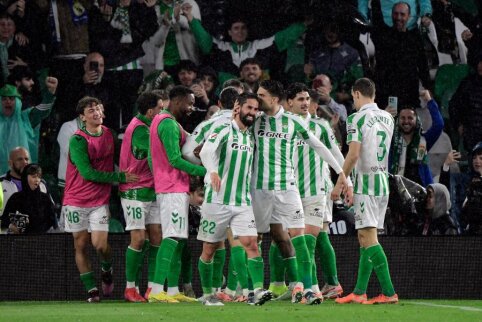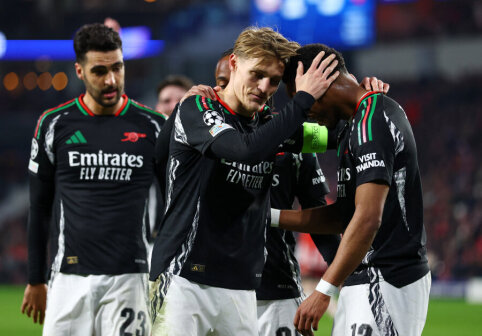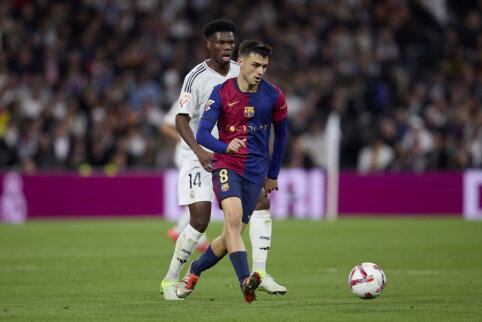 © EuroFootball.com
© EuroFootball.com
France entered the match after an incredible unbeaten streak of 21 games, which started when Laurent Blanc became their coach in 2010. However, some members of this team remember the shameful performances of the last two tournaments, Euro 2008 and FIFA 2010, when they did not achieve a single victory in the group stages (2 draws, 4 losses).
England started the match with a new coach and without several key players. The football homeland still remains the only European team that has not become a continental champion, although they have won world championships.
France started the match with a tactical formation of 4-3-2-1, while England used a 4-3-3 formation. Judging by the starting lineup, England coach Roy Hodgson chose an experienced defensive and secure line, while upfront he wanted to see young and energetic attackers. No wonder that the young Alex Oxlade-Chamberlain appeared in the starting lineup. Their opponents from France had a balance of creativity and age in every line.
R. Hodgson got what he wanted. Ashley Cole, James Milner, and Danny Welbeck attacked the opponent's defense and created opportunities at the beginning of the game through low passes.
After a few such attacks, the French began to use their strong weapons - technical defenders and attackers. Samir Nasri, Yohan Cabaye, Franck Ribery, Florent Malouda, together with Karim Benzema, pressed the English towards their goal using short passes and creating opportunities for shots.
The game was prepared for the English by the "Chelsea" defensive scheme that works well in Europe, when 4 defenders move symmetrically with 4 midfielders and cover the area closest to the ball quite low. In this case, the only way to score against them was a long shot or exploiting gaps in their defensive actions when they create spaces between these two lines.
For a large part of the game, Hodgson's team seemed even inclined to defend only, without thinking about attacks. But when they had to attack, their offense was marked by the typical British style. Several longer passes looking for attackers or attacking midfielders incursions, balls remaining longer near the center of the field.
The attacking trio dived between the French defenders, but created nothing serious. They clearly lacked a number 10 type player, who could connect technical defensive and offensive plays, such as the French (S. Nasri, Zinedine Zidane), Czechs (Pavel Nedved), Spaniards (David Silva, Andres Iniesta, Xavi) or Japanese (Shinji Kagawa). The midfield of the English clearly lost the battle in the center to the bigger and more technical French players.
After the first exchange, it seemed that the game would calm down. However, just then, after a penalty kick, Joleon Lescott scored a goal with his head, surrounded by five opponents. Alou Diarra, one of the best players of the match, could have scored an identical goal, but was brilliantly thwarted by the most noticeable English player of the game, Joe Hart. It is logical that the French scored their goal with a strong shot from a distance, when Scott Parker made a mistake after a 4-opponent combination on the left attacking flank, disrupting the well-working "back four" defensive scheme.
Returning to the field after the break, the teams switched roles. From the 48th to the 64th minute, the English took control of the ball and started to create attacks, pressuring their opponents on their half of the field. However, the situation was such that it seemed that the English would gladly give up this function and return to defend. It more resembled a French breather than the dominance of Hodgson's team. The English managed to achieve this turnaround in defensive actions on the field. Several Englishmen immediately ran to the Frenchman with the ball, forming "boxes" of 3-4 players. Especially targeted were the midfielders S. Nasri and Y. Cabaye.
In the 65th minute, we saw K. Benzema again, whose long shot forced J. Hart to work hard. From the 70th minute, the teams started to push the ball in the center of the field, not allowing to understand if they had enough parity or were building up strength for a crucial attack. Hodgson's substitution brought clarity. Substituting a defender with Jermain Defoe indicated that the English wanted a victory. However, it did not bring much benefit. There was no danger to Hugo Lloris' goal, nor to his opponent J. Hart, even though the French started to play the style of the first half from the 83rd minute.
Although the official match statistics show absolute French domination (ball possession 55% to 45% for England, accurate shots on goal 15 to 1, corner kicks 11 to 4), in our opinion, the draw was a predictable result (attacks 32 to 27, clear chances - 3 to 2), which left both teams satisfied. And the main statistic is the score - 1:1.

